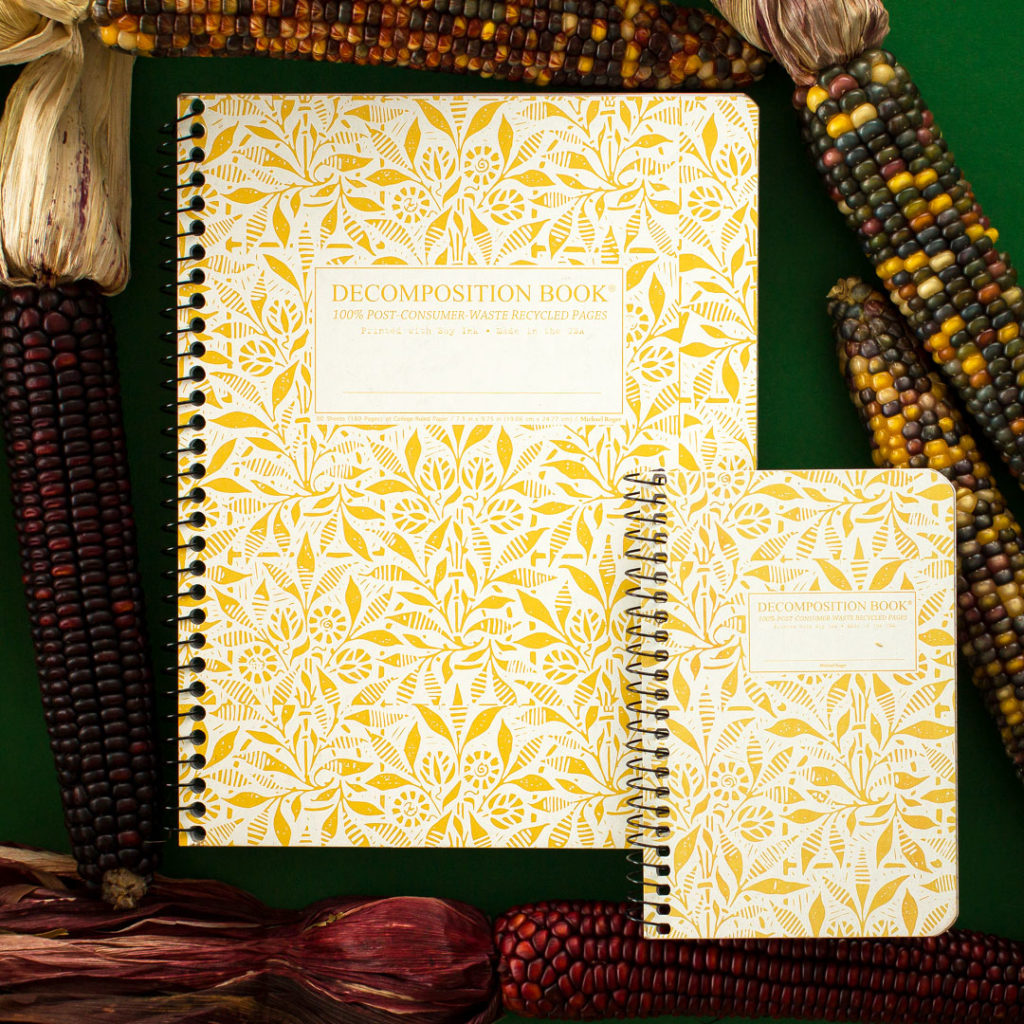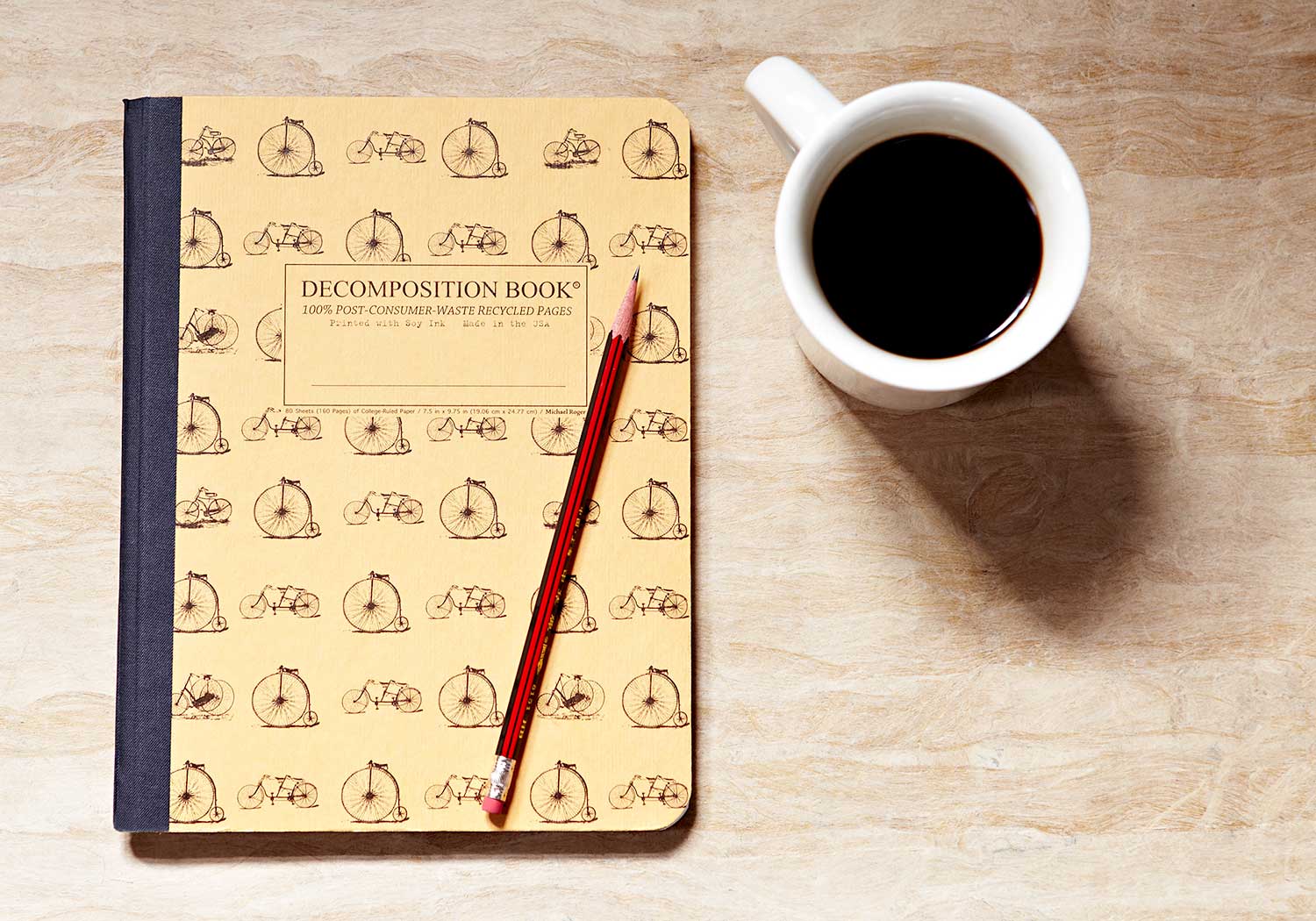Article: Comprehensive Guide to Notebook Sizes and Standards

Comprehensive Guide to Notebook Sizes and Standards
Wondering What Notebook Size You Need? Read This Before You Buy
Paper notebooks offer unparalleled freedom of expression, from journal entries to doodles, while untethering you from the tyranny of battery charge limits and available electrical outlets.
However, just as selecting the ideal laptop or tablet can involve a great deal of consideration, your quest for the perfect paper notebook can leave you puzzled over the sheer range of options on the market. One principle question looms over such details as color, style, and binding: What size notebook do you need?
Of course there’s no one “right” answer to this question, since we all have our own preferences. Even so, it pays to understand how notebook size standards work, as well as which common sizes naturally lend themselves to certain applications. Allow us to offer our professional expertise in an explanation of this surprisingly intricate subject.
It All Starts With Paper Sizes
Paper size obviously tends to dictate the size of the notebooks that contain said paper. Unfortunately, you’ll find a bewildering number of paper standards from one country to the next, with various sizes of paper conforming to each of these standards. So with no further ado, let’s roll up our sleeves and sort through the murk.
North American Paper Size Standards
Both the United States and Canada measure their paper differently than the rest of the world. In the U.S., paper sizes commonly conform to standard measures set by the American National Standards Institute (ANSI). That’s why you commonly see the following sizes in American stationery stores:
- ANSI A: The standard 8.5″ x 11″ or “Letter” size so prevalent in full-sized notebooks
- ANSI B: The 11″ x 17″ option also known as “Ledger” or “Tablet” size
ANSI C, D, and E are less common for notebooks and more usually reserved for envelopes.
While ANSI A (letter-sized) paper is the most popular in American stationery stores, the second most popular paper size is actually not an ANSI-standard size. It’s 8.5” x 14” and is commonly known as “Legal” size.
Those cute little 3″ x 5″ or 6″ x 4″ notebooks you’ve seen on the shelves feature “Pocket size” paper. This size also doesn’t directly conform to an ANSI standard, but it closely matches the European A6 standard. (More on that later.)
You may also encounter slightly reduced versions of ANSI standards such as “Half-Letter” and “Junior Legal” sizes in certain planners and notebooks. For example, our Decomposition Books measure 9.75″ x 7.5,” a smidgen smaller than letter size.
ISO Standards
Paper (and therefore paper notebooks) in other parts of the world usually adhere to measurements established by the International Organization for Standardization. Even here, however, you may see different countries make use of different size names and subtle variations in dimensions. You’re also more likely to see the measurements expressed in metric numbers.
The ISO standard categorizes paper sizes in A, B, and C groups. You’ll see one of these letters followed by a number; the smaller the number, the larger the paper size (which can make things even more confusing when you’re not used to this system). Each of these groups uses slightly different ratios of length of width.
Of these, the A group is by far the most common international paper standard for everyday consumer products, including notebooks. The B group sees more use in the printing industry, while the C group, like its ANSI counterpart, mostly applies to envelope sizing. The A4 size, which measures 210 x 297 mm, most closely corresponds to the American Letter size.
Other International Standards
Many countries already had their own paper size standards in place before the ISO standard came along. While most of them have embraced ISO, some have continued to offer their previous standards alongside it, resulting in many subtle size differences among available notebooks. Don’t be too surprised if you see some slightly unfamiliar-looking notebooks during a visit to Japan, Sweden, China, or Russia.
Practical Considerations Regarding Notebook Sizes
Putting the raw mathematics aside for a moment, let’s discuss how different sizes of notebooks can enhance your productivity in your everyday life. For example, when you need to jot down a quick note, you don’t necessarily want to rummage through your purse, attaché case, or backpack in search of your general-purpose notebook. Keep a pocket-sized notebook in a shirt pocket or other handy space expressly for this purpose.
Got a little more time to do a little more work? That’s when you reach for a larger notebook to take detailed notes, make plans, or get creative. Bear in mind, however, that heavier and bulkier is not necessarily better.
Resist the urge to weigh yourself down with one of those massive plastic-bound notebooks sold at the local office store. Our Decomposition notebooks combine lightweight format with a sensible 80-sheet, 160-page layout, built for optimal usability.
Don’t let the variety of notebook sizes steer you away from the many benefits of a paper-based productivity setup. Browse our store today for 100% post-consumer-waste recycled paper notebooks and other products that will make your life easier!





